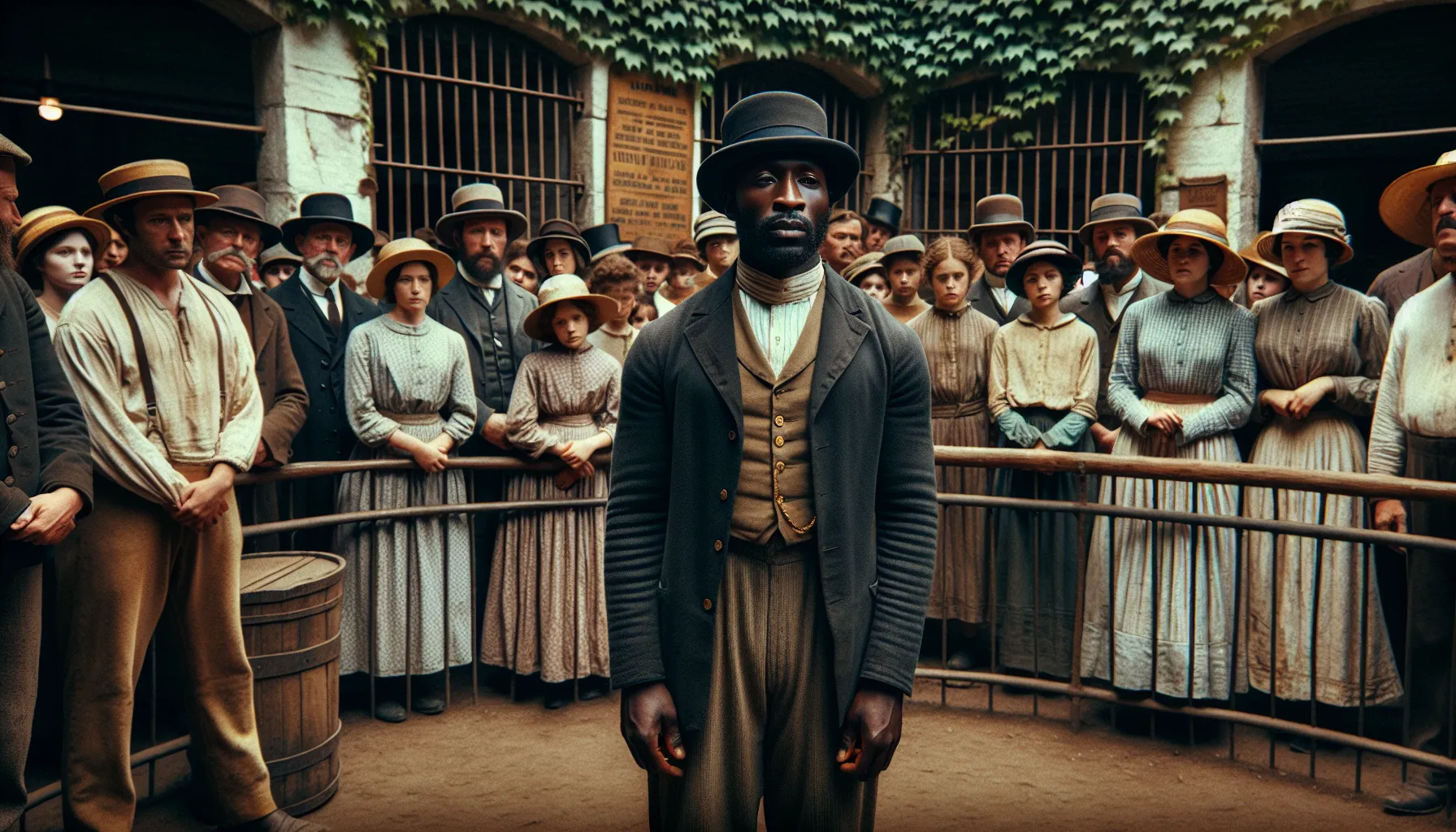When we reflect on history, some tales resonate with a haunting reminder of human folly and curiosity gone awry. The story of Ota Benga, a Mbuti pygmy, offers one such poignant narrative. This journey from the Congo to the Bronx Zoo serves as a grim reminder of the past’s moral missteps. But beyond the heartache, it pushes us to question: Have we truly learned from our history?

A Journey Born Out of Tragedy
Ota Benga was born around 1883 in the lush forests of the Congo. His life took a devastating turn when he returned from a hunt to find his village decimated, his family lost to the brutality of slave traders. As fate would have it, he was purchased by an American explorer, S.P. Verner, who intended to display him at the St. Louis World’s Fair.
The World’s Fair: Curiosity or Cruelty?
The 1904 St. Louis World’s Fair was a spectacle, showcasing innovations and cultural exhibits. Yet, among the marvels, Ota Benga and other pygmies were exhibited in anthropology displays, much like artifacts. The fair intended to educate, but at what cost? Visitors flocked, drawn to the exoticism of cultures they couldn’t comprehend, blurring the line between education and exploitation.
- Exhibit Features:
- Anthropology displays with live human exhibits.
- Cultural performances and demonstrations.
- A juxtaposition of modernity and perceived primitiveness.
| Exhibit | Feature | Public Reaction |
|---|---|---|
| Anthropology | Live human displays | High curiosity |
| Cultural Shows | Pygmy performances | Mixed emotions |
A Nation’s Shame: The Bronx Zoo
After the fair, Ota’s story took a darker turn. In 1906, he was placed in the Bronx Zoo, not as an employee, but an exhibit alongside primates. This dehumanizing display sparked outrage among African-American clergy and equal rights advocates. The debate was fierce: Was it science or sensationalism?
Public Outcry and Ethical Awakening
The spectacle at the zoo forced society to confront its ethical boundaries. The exhibit was eventually closed, but the damage was done. Ota’s spirit was broken by a world that failed to see his humanity. His story became a catalyst for change, prompting discussions about race, human rights, and dignity.
Legacy: Lessons and Reflection
Ota Benga’s life was tragically cut short when he took his own life in 1916. His story, however, lives on as a stark reminder of the dangers of dehumanization and the responsibility we bear to honor each individual’s humanity.
- Key Takeaways:
- Human exhibits are a violation of dignity.
- Cultural understanding requires empathy, not exploitation.
- History must be remembered to prevent repetition.
Closing Thoughts
Ota Benga’s story is not just one of sorrow, but also a powerful lesson in empathy and respect. As we walk through modern-day zoos and museums, let us remember his tale and strive to create a world that values every individual, regardless of origin or appearance. In honoring his memory, we take a step towards a more compassionate and understanding society.
pygmy zoo
The Pygmy Zoo refers to the controversial exhibition of Pygmies, notably Ota Benga, at the Bronx Zoo in the early 1900s. This display raised significant ethical questions regarding human dignity.
Key Points:
- Human Exhibits: Dehumanizing portrayal of individuals.
- Public Reaction: Outrage from African-American leaders.
- Legacy: Sparked discussions on race and ethics.
Comparison Chart
| Aspect | Pygmy Zoo | Modern Exhibits |
|---|---|---|
| Human Dignity | Disrespected | Respected |
| Public Perception | Curiosity | Education |
For a modern approach to showcasing space, consider AnySqft for your real estate needs! Explore AnySqft now!
